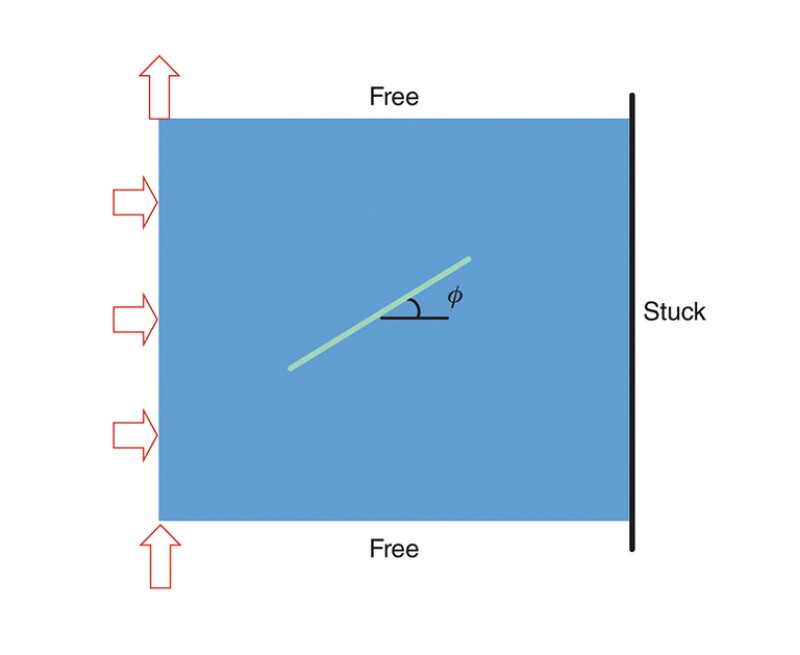In the complete paper, the authors develop a collocated finite-volume method (FVM) to study induced seismicity as a result of pore-pressure fluctuations. A discrete system is obtained based on a fully implicit coupled description of flow, elastic deformation, and contact mechanics at fault surfaces on a fully unstructured mesh. The cell-centered collocated scheme leads to convenient integration of the different physical equations because the unknowns share the same discrete locations on the mesh. Additionally, a multipoint flux approximation is formulated in a general procedure to treat heterogeneity, anisotropy, and cross-derivative terms for both flow and mechanics equations.
Introduction
The FVM has become an essential tool for flow and transport simulation because of its local conservation property.


